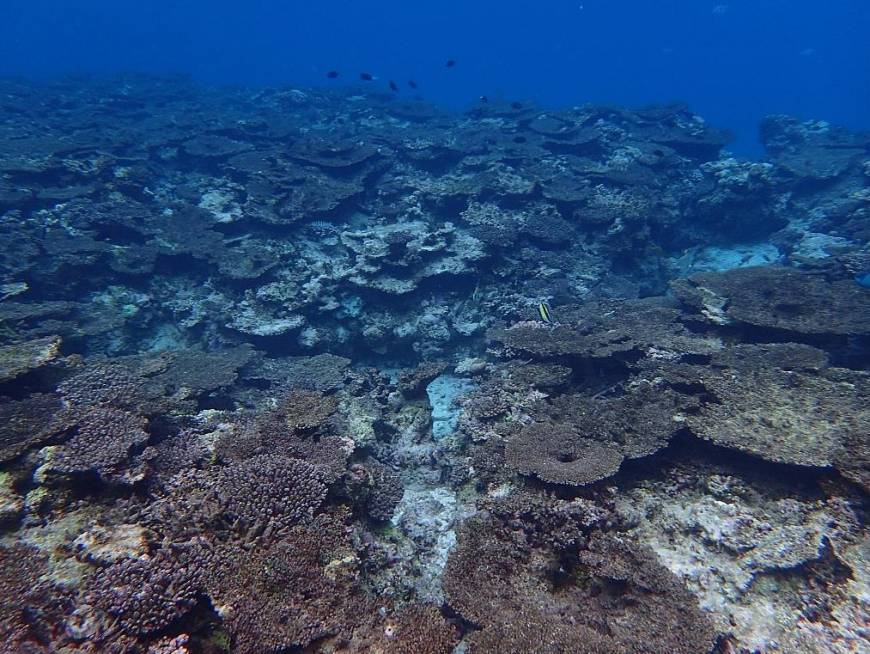70 per cent of Japan's biggest coral reef is dead due to global warming
It follows a mass bleaching event on the Great Barrier Reef last summer

Your support helps us to tell the story
From reproductive rights to climate change to Big Tech, The Independent is on the ground when the story is developing. Whether it's investigating the financials of Elon Musk's pro-Trump PAC or producing our latest documentary, 'The A Word', which shines a light on the American women fighting for reproductive rights, we know how important it is to parse out the facts from the messaging.
At such a critical moment in US history, we need reporters on the ground. Your donation allows us to keep sending journalists to speak to both sides of the story.
The Independent is trusted by Americans across the entire political spectrum. And unlike many other quality news outlets, we choose not to lock Americans out of our reporting and analysis with paywalls. We believe quality journalism should be available to everyone, paid for by those who can afford it.
Your support makes all the difference.Over two-thirds of Japan’s biggest coral reef is dead, the country’s Environment Ministry has found.
Increased coral bleaching, which is mainly caused by rising ocean temperatures was blamed, following a survey.
The Sekiseishoko coral reef is set between the remote Ishigaki and Iriomote islands, about 1,200 miles south-west of Tokyo.
The bleaching worsened in 2016 due to ocean temperatures one to two degrees Celsius higher than normal between June and September, even topping 30C, according to the Japan Times.
According to the survey, more than 91 per cent of the reef’s coral is at least partly bleached.
It follows a mass bleaching event on the Great Barrier Reef last summer that killed more corals than ever before.
Rising ocean temperatures are being caused by human-induced climate change, with 2016 becoming the third straight year to set a global heat record.
The Reef Studies Centre has warned that if greenhouse gases continue to rise, similar events will be the new normal, occurring every two years by the mid-2030s.
Bleaching happens when abnormal environmental conditions cause corals to expel tiny photosynthetic algae, draining them of all colour. They eventually die if they stay bleached for extended periods.
Join our commenting forum
Join thought-provoking conversations, follow other Independent readers and see their replies
Comments